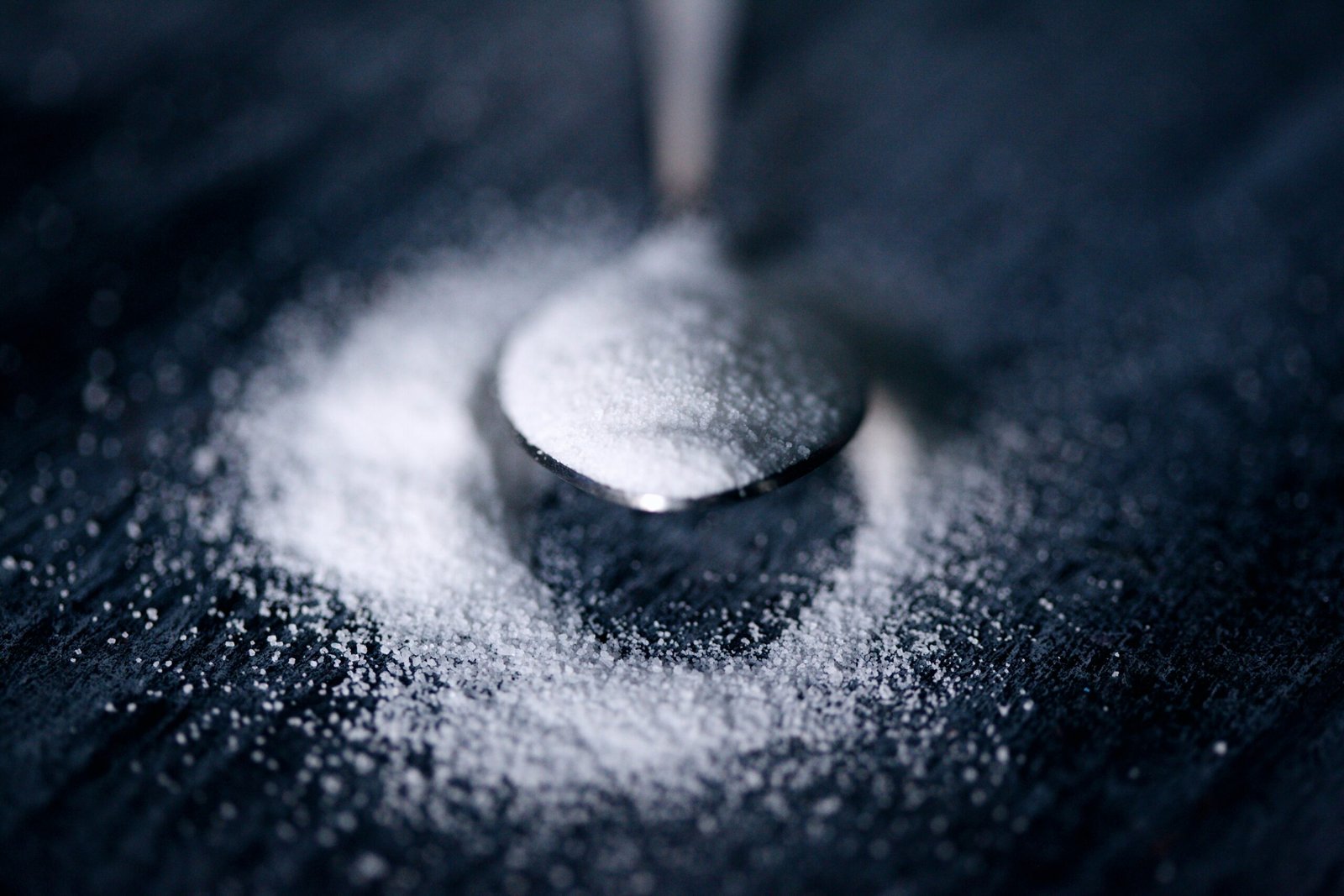What Is a Salt Circle and Why Is It Used in Magic?
Salt circles are one of the most iconic tools in ritual magic, often used to create a protective boundary or sacred space. From ancient Mesopotamian rites to modern witchcraft, the act of encircling oneself or an object with salt has deep symbolic and energetic significance.
Historically, cultures around the world have used salt in spiritual practices:
- Sumerians drew ritual circles with flour or salt to ward off curses.
- Jewish traditions used salt circles to protect birthing women from spirits like Lilith.
- Shinto and Buddhist rituals incorporate salt for purification and to repel evil.
- In European folklore, salt was sprinkled around homes, thresholds, and livestock to prevent witchcraft.
How Do Witches Use Salt Circles in Rituals?
Absolutely. Salt circles are not just for meditation or general protection, they play a central role in many types of spellwork across modern witchcraft and pagan traditions.
Witches commonly use salt circles to:
- Anchor and contain magical energy during a spell.
- Create a boundary that keeps unwanted forces out while focusing intent within.
- Enhance the effectiveness of spells by establishing a purified, sacred space.
Salt circles appear in:
- Protection spells, where the circle acts as a shield.
- Banishing rituals, often cast counterclockwise to release negative energy.
- Manifestation spells, where the circle helps concentrate energy toward a goal.
- Elemental magic, with salt representing the Earth element and grounding the ritual.
Practitioners may cast:
- Large circles around themselves or their altar during full rituals.
- Smaller circles around candles, crystals, herbs, or spell jars to charge or protect specific items.
Whether you’re invoking, banishing, or simply grounding your energy, the salt circle is a foundational tool that supports and amplifies the spell’s intention.
Why Is Salt So Important in Protective Magic?
No matter what kind of spell or ritual you’re performing, salt is one of the most essential ingredients in protective magic. Its purifying and grounding properties make it a universal tool across cultures and traditions.
- Repel negative energy and malevolent spirits.
- Cleanse spaces, objects, and people of lingering energetic residue.
- Create boundaries that are difficult for harmful forces to cross.
Whether you’re casting a salt circle, preparing a spell jar, or blessing a home, salt acts as a spiritual shield. Even outside of formal rituals, many practitioners keep bowls of salt near doorways, sprinkle it across thresholds, or mix it with herbs for protective sachets.
Its simplicity and power make it a staple in both beginner and advanced magical practices.
Which Direction Should You Cast a Salt Circle?
One of the most frequently asked questions in ritual magic is whether direction matters when casting a salt circle. The answer is yes, the direction you move in while laying the circle can influence the energy and intention of your spell.
Clockwise vs. Counterclockwise: What’s the Difference?
- Clockwise (also called sunwise or deosil) movement is traditionally used to build, bless, and invoke. When you cast a salt circle clockwise, you’re creating a sacred space, inviting positive energy, and establishing protection. This direction is ideal for most spells, especially those focused on manifestation, healing, or spiritual connection.
- Counterclockwise (also called widdershins) is used to banish, break, or release. If your intention is to remove negative energy, dismantle a curse, or close a ritual, casting the circle counterclockwise helps direct that energy outward and away.
Where Should You Begin the Circle?
Many practitioners begin casting from the north, which is associated with the Earth element, grounding, and stability. Starting in the north can help anchor your ritual and create a strong foundation. Others prefer to start in the east, symbolizing air, intellect, and new beginnings, especially useful for spells involving clarity, communication, or fresh starts.
Ultimately, the direction and starting point should align with your intent. Think of the circle not just as a boundary, but as a flow of energy you’re shaping with purpose.
What’s the Difference Between Types of Salt in Magic?
Not all salt is created equal. Each type carries its own energetic signature and ritual use.
| Type of Salt | Magical Use |
|---|---|
| Sea Salt | Natural, purifying, connected to water element. |
| Himalayan Pink Salt | Gentle energy, heart-opening, grounding. |
| Table Salt (iodized) | Accessible, but some avoid due to additives. |
| Black Salt (ritual) | Protective, banishing, absorbs negativity. |
| Epsom Salt | Healing, cleansing, used in spiritual baths. |
Photo by Alexander Grey on Unsplash

